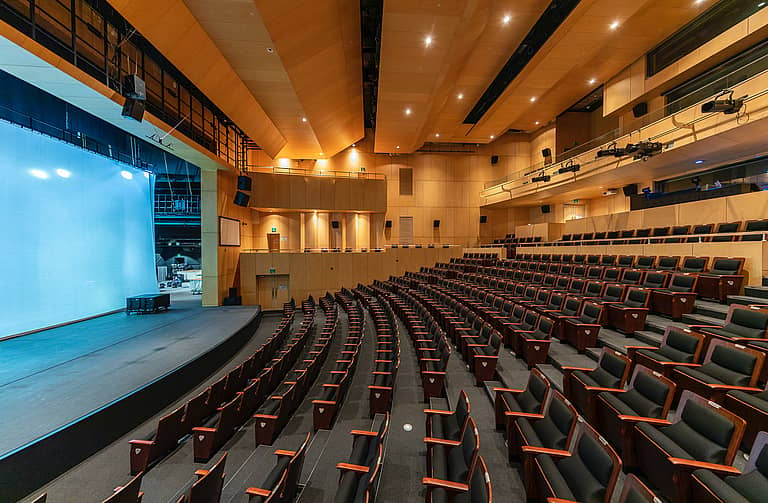Originally scheduled for 2020, the summer Olympic Games in Tokyo just concluded a spectacular two-week show of not only exceptional athletic talent, but also some pretty impressive technology. Taking place in Japan, a frontrunner in technological innovation, the Olympics are a prime opportunity to demonstrate and test some of the advanced technologies in existence today.
Facial Recognition
In a time when security and tracking are of extreme importance at every large event, facial recognition offers a contactless and therefore safer form of identity check that can help to limit long check-in lines at the more than 40 locations in which it was employed. The Olympic facilities were spread across Tokyo rather than located in one central place, requiring officials and athletes to travel between locations and have to check-in again upon arriving at a new venue. NEC, a Japanese company, and leader in facial recognition technology, provided systems with highly accurate and extremely fast processing speed that allowed for over 300,000 athletes, staff, media, and volunteers to be quickly verified and admitted to their destinations.
Virtual Reality (VR)
Intel’s VR training system was utilized to create an immersive learning experience for key managers at competition venues. The system improves training effectiveness with a more realistic experience for those learning with more accurate and objective feedback. The training also included building digital versions that can open opportunities to access the power of data for training, planning, simulation and more.
Artificial Intelligence (AI) Athlete Tracking
3D Athlete Tracking (3DAT) uses artificial intelligence to enhance the viewing experience for Olympic fans with near real-time insights and overlay visualizations during athletic events. Developed by Intel, 3DAT, in partnership with Olympic Broadcast Services (OBS), used four pan-tilt mounted, highly mobile cameras to capture the form and motion of athletes, then applied pose estimation algorithms to analyze the biomechanics of athletes’ movement. The system transforms that data into broadcast overlay visualizations available during replays of the 100 meter and other sprinting events.
Field Support Robots
You may have noticed the small black and white vehicles on the collecting javelins and other sports equipment. Field Support Robots (FSR), as they are called, developed by Toyota, are powered by AI, which along with an onboard camera assists them with finding their way and calculating distances to find the optimal path to their cargo.
8K Broadcasting
While not available in the United States, Japanese broadcaster NHK, broadcast 200 hours of Olympic content in 8K, including the Opening and Closing Ceremonies, eight events and four Paralympics events. Japanese viewers were treated to an impressively sharper and more immersive experience.




